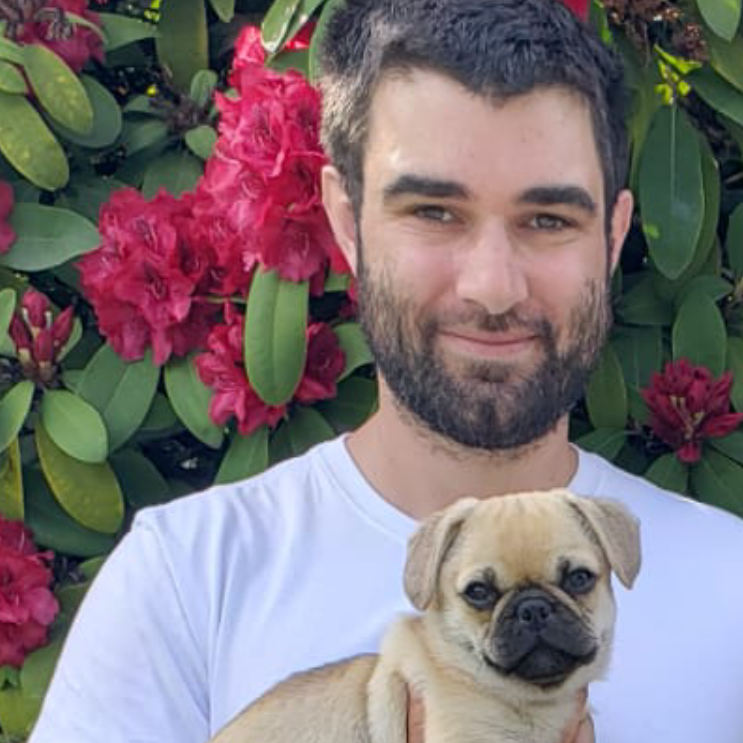
Persistence or Extinction? Quantifying the Fate of Invasive MPB
Will MPB become endemic in Alberta’s pine forests?
Although evidence from Pokorny and Carroll suggests that MPB can exhibit endemic behaviour in novel pine habitats, the strength of the trophic interactions that define the endemic niche, and the probability of persistence, eruption or local extinction are unknown. The following experiments will quantify these aspects.
Hypothesis 1: The niche required for persistence by endemic MPB populations in novel pine habitats is fully occupied by native sub‐cortical insects.
MPB colonizes new host trees in mid to late summer, but all other bark beetles known to interact with MPB colonize host trees in early spring. This means that endemic MPB face potentially high levels of competition with other sub-cortical herbivores. Given that preliminary observations suggest that the secondary bark beetle assemblage is less diverse, but more abundant than expected in newly invaded forests, we will test the prediction that generation mortality of low‐density MPB populations will be higher in novel versus native pine habitats due to interspecific competitive exclusion.
A series of manipulative studies will be conducted to quantify the interaction between low‐density MPBs and their competitors in native and novel habitats. Within mature pine stands situated in native and novel habitats we will simulate an endemic niche for MPB by girdling the base of randomly chosen subdominant trees (minimum 10 trees/stand) in early winter at a frequency of 2 trees/ha. Girdling will impair the vigour of trees and predispose them to colonization by secondary beetles in the subsequent spring. During mid‐summer of the following year, we will introduce 3 mated MPB females into areas of the bole not already occupied by other species. Fine-‐mesh screen will be used to wrap the boles to prevent the potentially confounding effects of predation and parasitism. Just prior to MPB emergence in the following year, trees will be felled, the lower bole cut into sections and transported to the laboratory where the number of surviving offspring per female MPB, and the degree of exploitation competition (i.e. phloem used) by secondary bark beetles will be quantified.
Two stands in each of 4 habitat types (native lodgepole, novel lodgepole, lodgepole × jack hybrids, and jack pine) will be assessed over two years. If the prediction is true, then less viable phloem, and lower reproductive success will be associated with MPB in novel habitats.
Hypothesis 2: The niche required by endemic MPB populations in novel pine habitats is constrained by natural enemies.
Although they have very limited impacts on epidemic populations, pathogens, predators and parasitoids are important in the regulation of sub‐outbreak MPB populations. All known natural enemies associated with MPB in its native habitat are generalists that will readily exploit other members of the secondary bark beetle assemblage. Recent observations suggest that the level of predation by woodpeckers on the secondary bark beetle assemblage in novel pine habitats is greater than levels commonly associated with secondary beetles within the native range of MPB (Pokorny and Carroll unpubl.).
Manipulative experiments will be conducted to test the prediction that the generation mortality of low-‐density MPB populations will be greater in novel versus native habitats due to higher rates of predation and parasitism. A series of field investigations of the interaction between low‐density MPB and their natural enemies will be employed to assess this prediction. In mid-summer trees from mature stands of native and novel lodgepole, hybrid, and jack pine will be felled, and 1m‐long bolts harvested and sealed with paraffin. Three mated MPB females will be introduced into each bolt and the bolts will be hung at random locations at a density of 2 bolts/ha within the stand from which they originated to simulate an endemic MPB population. Rates of predation and parasitism will be assessed in mid-‐summer of the following year once MPB have completed their development. Bolts will be collected and returned to the lab where they will be dissected to determine number of surviving offspring per female MPB, and the level and source of mortality.
Two stands in each of the 4 habitat types as described above will be assessed in each of two years. If the prediction is true, then higher levels of predation/parasitism, and lower reproductive success will be associated with MPB in novel habitats.
The proposed research is complementary to the ongoing research currently funded by the MPBEP and TRIA-Net.
Planning, led by Dr. Allan Carroll, underway.
Final deliverables accepted









